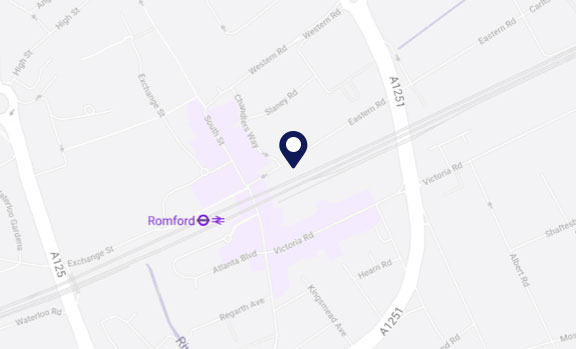Lease Extensions and Enfranchisement Claims
A Comprehensive Guide to Statutory Lease Extensions
Statutory lease extensions have become a crucial aspect of property law and management, especially in densely populated urban areas where property is at a premium.
What is a Statutory Lease Extension?
A statutory lease extension, also known as a leasehold extension, is a legal process pursuant to the Leasehold Reform Housing and Urban Development Act 1993 (‘LRHUDA’) that allows a leaseholder to extend their lease on a property. Qualifying leaseholders have a legal right to extend their lease, subject to certain conditions and processes laid down by legislation.
Why consider a statutory lease extension?
Statutory lease extensions are primarily sought for two main reasons:
- Increasing Property Value: A leasehold property typically decreases in value as the lease term gets shorter. By extending the lease, leaseholders can increase the value of their property, making it more attractive to potential buyers and ensuring a better return on investment.
- When a lease falls below 85 years it can be difficult to obtain a mortgage over the property and many high street lenders will be reluctant to lend. This in turn has a negative impact on the value of the property as the lease term continues to decrease.
- Securing Long-Term Occupancy: Leaseholders can enjoy the security of living in their property for an extended period, thereby avoiding the uncertainty and potential disputes that can arise as the lease nears expiration.
The legal framework for statutory lease extensions
In the UK, the Leasehold Reform, Housing and Urban Development Act 1993 (as amended) sets out the framework for statutory lease extensions. This legislation provides eligible leaseholders with the right to extend their lease by 90 years beyond the existing lease term, while also reducing the ground rent to a peppercorn (effectively, zero).
Eligibility criteria for leaseholders
To qualify for a statutory lease extension, the leaseholder must meet certain criteria:
- The property must be a residential property.
- The leaseholder must have been registered as the owner for at least two years at HM Land Registry.
- The original lease must have been for a term of at least 21 years.
- The property cannot be a shared ownership property or a National Trust lease.
The process of extending a lease
- Valuation: The process typically begins with the leaseholder obtaining a valuation of the property. It is advisable to consult a professional surveyor with experience in lease extensions to ensure an accurate valuation.
- Section 42 Notice: The leaseholder must serve a Section 42 Notice on the landlord and any other parties to the original lease expressing their intention to extend the lease. This notice outlines the proposed premium for the lease extension.
- Landlord’s Response: The landlord has the right to respond with a counter-notice. The counter-notice may admit or reject the claim for a new lease and may either accept the terms proposed or suggest modifications. A landlord usually accepts the leaseholder’s right to a lease extension in their counter-notice but seeks a higher premium than that offered in the section 42 notice.
- Negotiation or Tribunal: If the parties cannot agree on the terms (being the premium and form of draft lease), the matter may be referred to a First-tier Tribunal for resolution.
- Lease Extension Agreement: Once terms are agreed upon, the parties execute a formal lease extension agreement, which is then registered with the Land Registry.


















Shelley Fitzpatrick, specialist in lease extensions & collective enfranchisement, said:
“Statutory lease extensions have had a significant impact on the property market, particularly in urban areas with many leasehold properties. As an expert in property law, I offer the following insights: